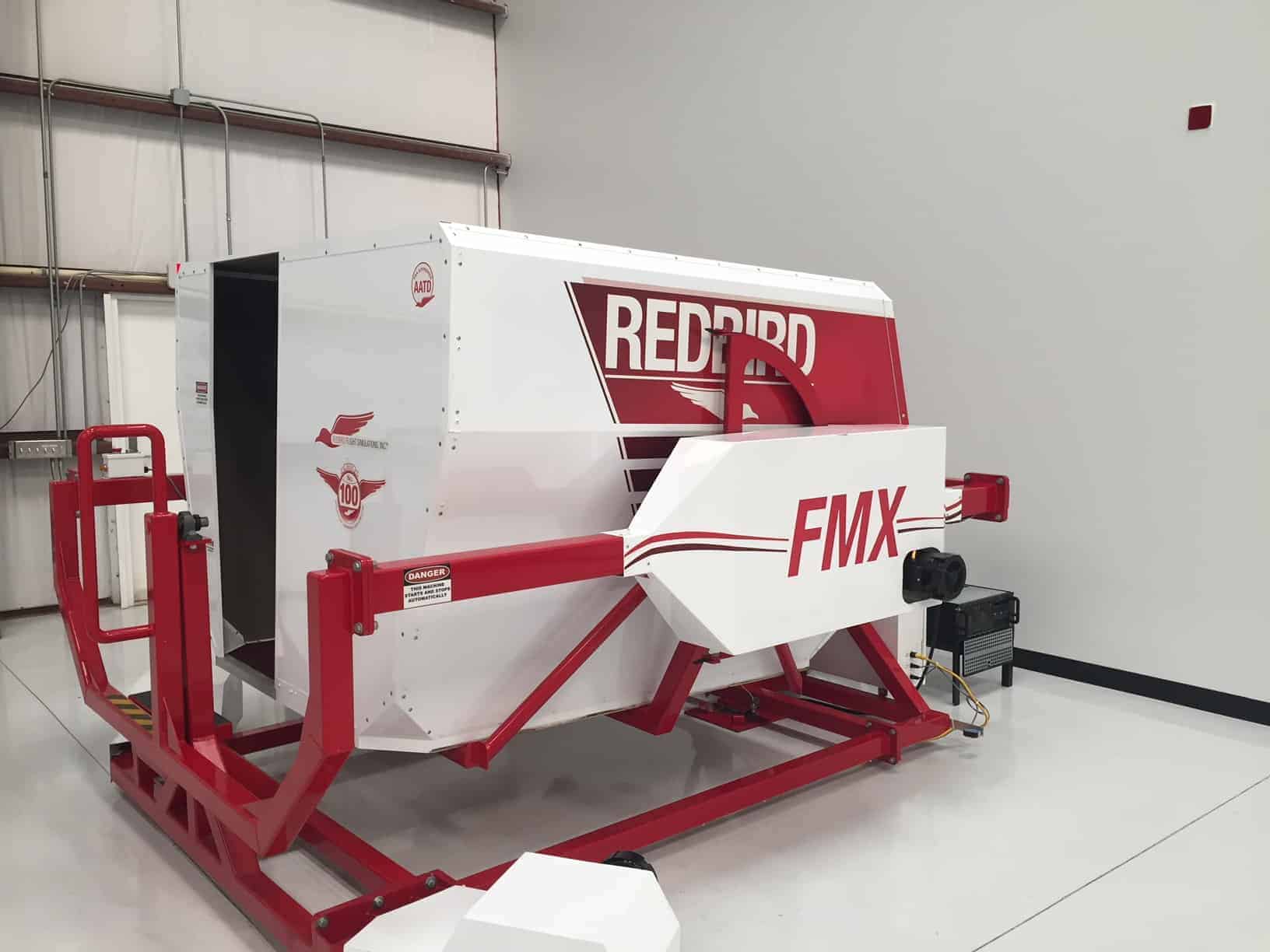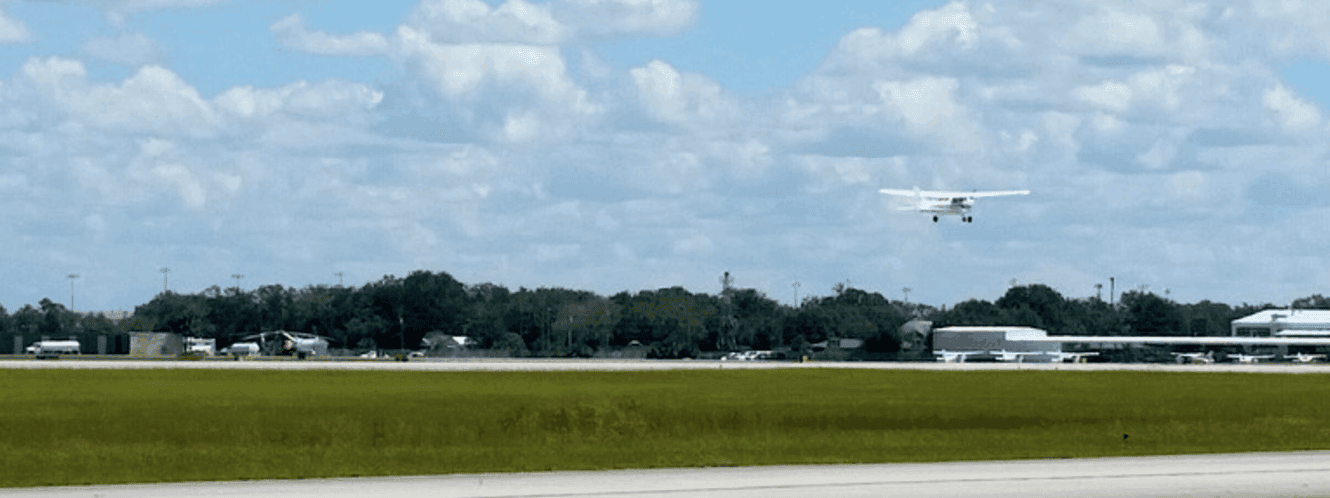New Red Bird Simulator Lands at AeroStar
November 26, 2018
No Comments
AeroStar has added another flight training device to our simulation efforts, a Red Bird FMX, which will be used to support Career Pilot Academy students ...
Read More
AeroStar Announces Part 141 Certificate
August 22, 2018
No Comments
KISSIMMEE, August 22, 2018 — AeroStar is pleased to announce that we have obtained our Part 141 certificate. The Part 141 program enables students to ...
Read More
Frequently Asked Flight Training Questions
November 16, 2017
No Comments
I recently had a chance to sit down with our director of flight training, Rob Becker, and we spoke about some of the most frequently ...
Read More
Ab Initio Training: Self-Sponsored and Airline Sponsored Options
September 15, 2017
No Comments
Paula Williams: Just to get started, maybe you can tell us more about ab initio training. What does that even mean? David Santo: Ab initio is a ...
Read More
Ab Initio Training: Self-Sponsored and Airline Sponsored Options
February 11, 2015
No Comments
Paula Williams: Just to get started, maybe you can tell us more about ab initio training. What does that even mean? David Santo: Ab ...
Read More



